The US military officials took the move after Lotfi Hassan Misto's family insisted that he had no ties to terrorism and was a father of 10 children who was tending his sheep when he was killed by a US missile, according to The Washington Post on May 18.
Mr. Misto, 56, identified by his family as the victim of the Hellfire missile strike on May 3, worked as a bricklayer and lived quietly in the Qorqanya neighborhood of northwestern Syria, according to interviews with his brother, son and six others who knew him. They described Mr. Misto as a kind, hard-working man who had been “poor all his life.”
Suspicion in the Pentagon?
The attack was overseen by US Central Command (Centcom). Hours after the attack, Centcom announced that the Predator drone strike had targeted a “senior al-Qaeda leader,” without providing evidence or naming the suspect.
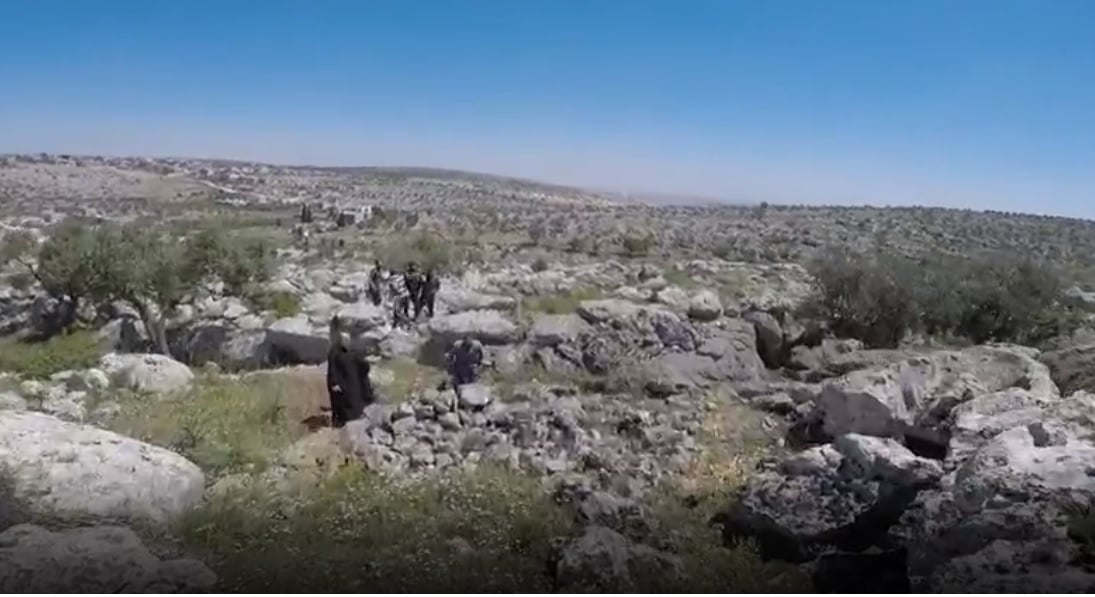
Image from a Syrian Civil Defense video captured moments after a US strike killed Lotfi Hassan Misto on May 3.
Screenshot The Washington Post
However, two US defense officials told The Washington Post that there are doubts inside the Pentagon about who died.
One official said: "We are no longer confident that we killed a senior al-Qaeda leader." The other official said: "While we believe the strike did not kill the original target, we believe that the individual was al-Qaeda." Both officials spoke on condition of anonymity as an investigation into the incident is ongoing.
In a statement, Centcom spokesman Michael Lawhorn said officials were aware of reports of civilian casualties and were continuing to assess the results. “Centcom takes all such allegations seriously and is investigating to determine whether the action resulted in unintentional civilian harm,” Lawhorn said on May 18.
Last year, faced with accusations that the military had covered up past airstrikes that mistakenly killed innocent people, the Biden administration vowed to take steps it said would reduce such risks, while promising more transparency when unintended killings occurred.
US releases video of airstrike killing civilians in Kabul
No documents found to show Misto's involvement in terrorism
The recent drone strike in Syria occurred near Mr. Misto’s home and chicken farm. The Washington Post shared the coordinates with one of the U.S. defense officials. The official said the location was near a “known area of interest” for al-Qaeda but declined to specify which buildings were in the U.S. military’s crosshairs. Mr. Misto’s neighbors told The Washington Post that terrorists did not live or operate near Mr. Misto’s home.
The Washington Post also provided four terrorism experts with details about Mr. Misto and where he lived, and asked them to examine online discussions among jihadists after the airstrike to see if there was any talk of the Qorqanya attack.
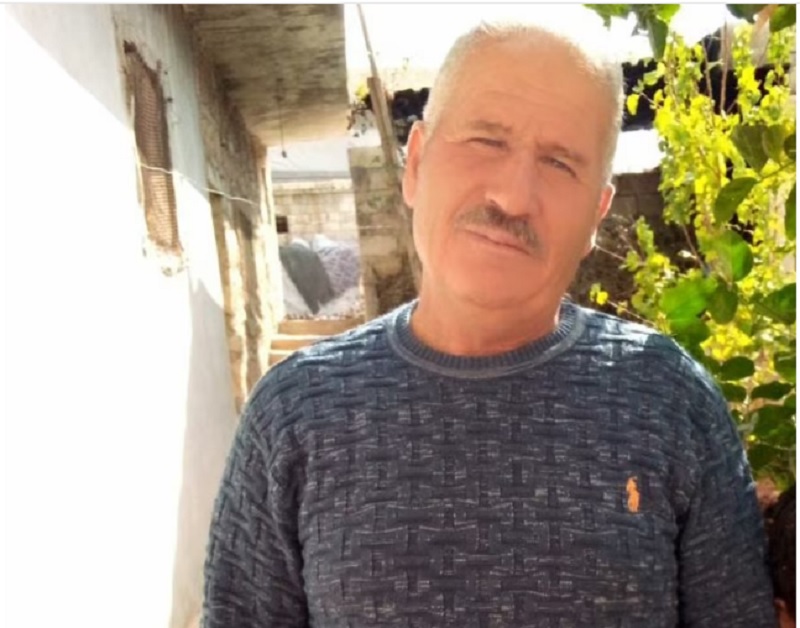
An image of Lotfi Hassan Misto, who was killed on May 3 in a US drone strike in Syria.
Screenshot The Washington Post
None of them found any evidence that Misto had links to a terrorist group. In addition, they said it would be highly unusual for al-Qaeda, especially a senior leader, to be operating in a region controlled by a rival group that broke away from al-Qaeda years ago and now considers al-Qaeda an enemy, according to The Washington Post .
The Washington Post also obtained images showing Mr. Misto’s face before and after he was killed, and provided those images to Centcom. Officers there would not say whether they believed Mr. Misto was the person killed in the attack. Meanwhile, two facial recognition experts who reviewed the images said they believed they showed the same person.
Source link



![[Photo] Prime Minister Pham Minh Chinh chairs conference on anti-smuggling, trade fraud, and counterfeit goods](https://vphoto.vietnam.vn/thumb/1200x675/vietnam/resource/IMAGE/2025/5/14/6cd67667e99e4248b7d4f587fd21e37c)







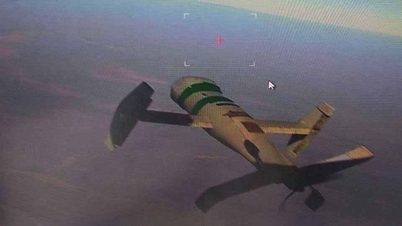

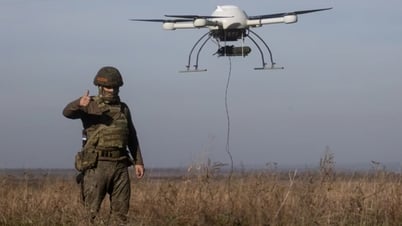





![[Infographics] Vietnam re-elected Chairman of the World Customs Organization's Standing Technical Committee](https://vphoto.vietnam.vn/thumb/402x226/vietnam/resource/IMAGE/2025/5/14/ae5e22967ce14621b808fd71d3308f63)







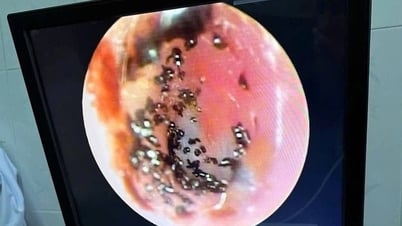




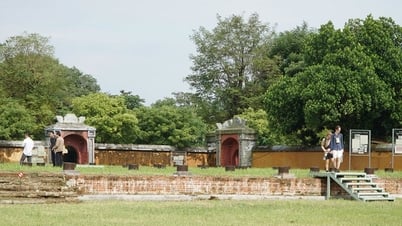





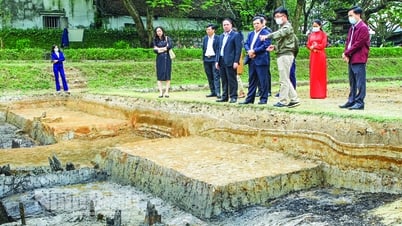











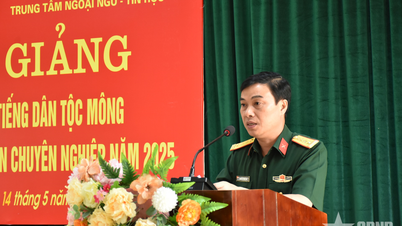
















































Comment (0)